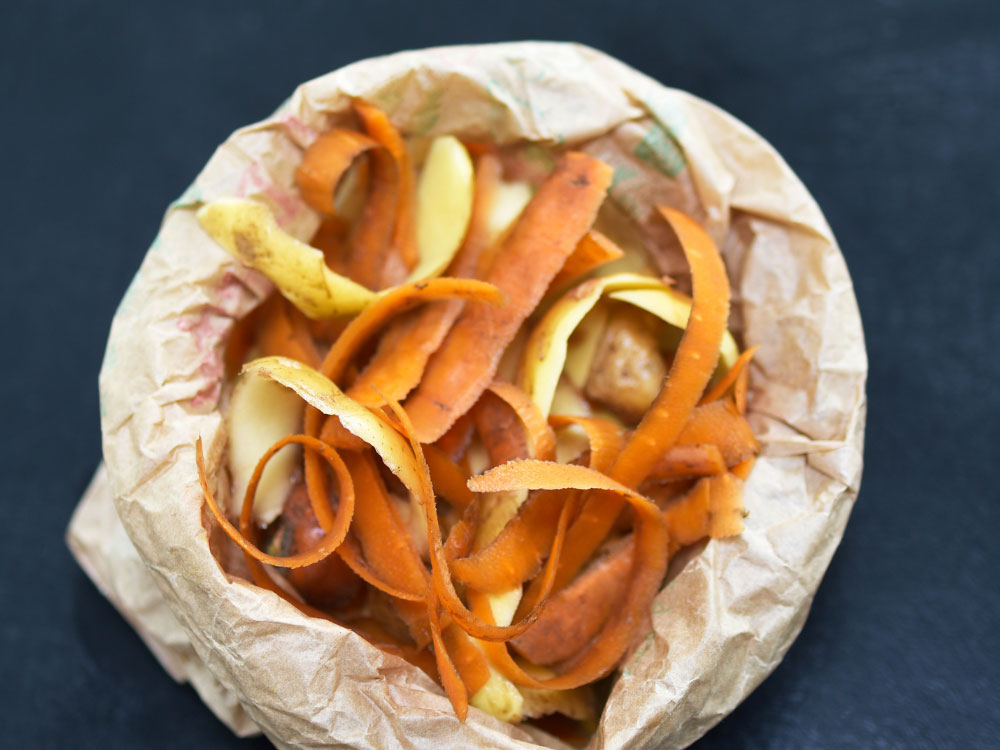ReFED’s Roadmap to 2030: Reducing U.S. Food Waste by 50% was designed to provide food businesses, funders, policymakers, and more with a framework around which to align their food waste reduction efforts. It outlines seven key action areas with related solutions to prevent, rescue, and recycle food at risk of going to waste. Each month in our special “Following the Roadmap” series, we’ll dig deep into one of the key action areas to explore why waste occurs – and what can be done about it.
Maximize Product Utilization
What’s Happening
Waste, in large part, can be driven by not using food products in their entirety – in fact, just among Manufacturers, byproducts and production line waste cause over 90% of all surplus food.
Action Area Overview
Maximizing product utilization means designing facilities, operations, and menus to use as much of each product as possible. It also means rethinking the concept of “waste” by turning surplus and byproducts into food products through upcycling, which has opened new doors for innovation and investment. Solutions in this action area focus on using ingredients and products in their entirety, preventing waste through minimizing losses on a production line, extending product life, designing menus to use all product parts, and more. Some of this can be implemented through basic staff training, while other solutions involve the development of new food processing equipment.
Impact of Solutions Adoption
ReFED’s analysis shows that solutions that maximize product utilization can reduce food waste by 3.3 million tons each year, along with cutting greenhouse gas emissions by 9.8 million metric tons and saving more than 870 billion gallons of water. While the cost to implement solutions is $2.4 billion per year, this can result in an annual net financial benefit of $4.8 billion.
Financing Needed
Maximizing product utilization seeks new opportunities to create profit through repurposing and creatively repackaging existing products into new forms, thus finding greater value in items or parts usually deemed worthless. Internally, businesses can invest to make operational changes or purchase equipment that will provide returns over time – which is why nearly 60% of the capital needed to implement solutions in this action area stems from Corporate Finance and Spending. Externally, innovators have opportunities to capitalize on the gaps within the upcycling field, while Private Equity and Venture investors should seek opportunities to invest or acquire.
Which solutions can help food businesses to maximize product utilization? Visit the Solutions Database in ReFED’s Insights Engine to learn more.

